ART CITIES: Paris-Exhibitions During Art Basel Paris
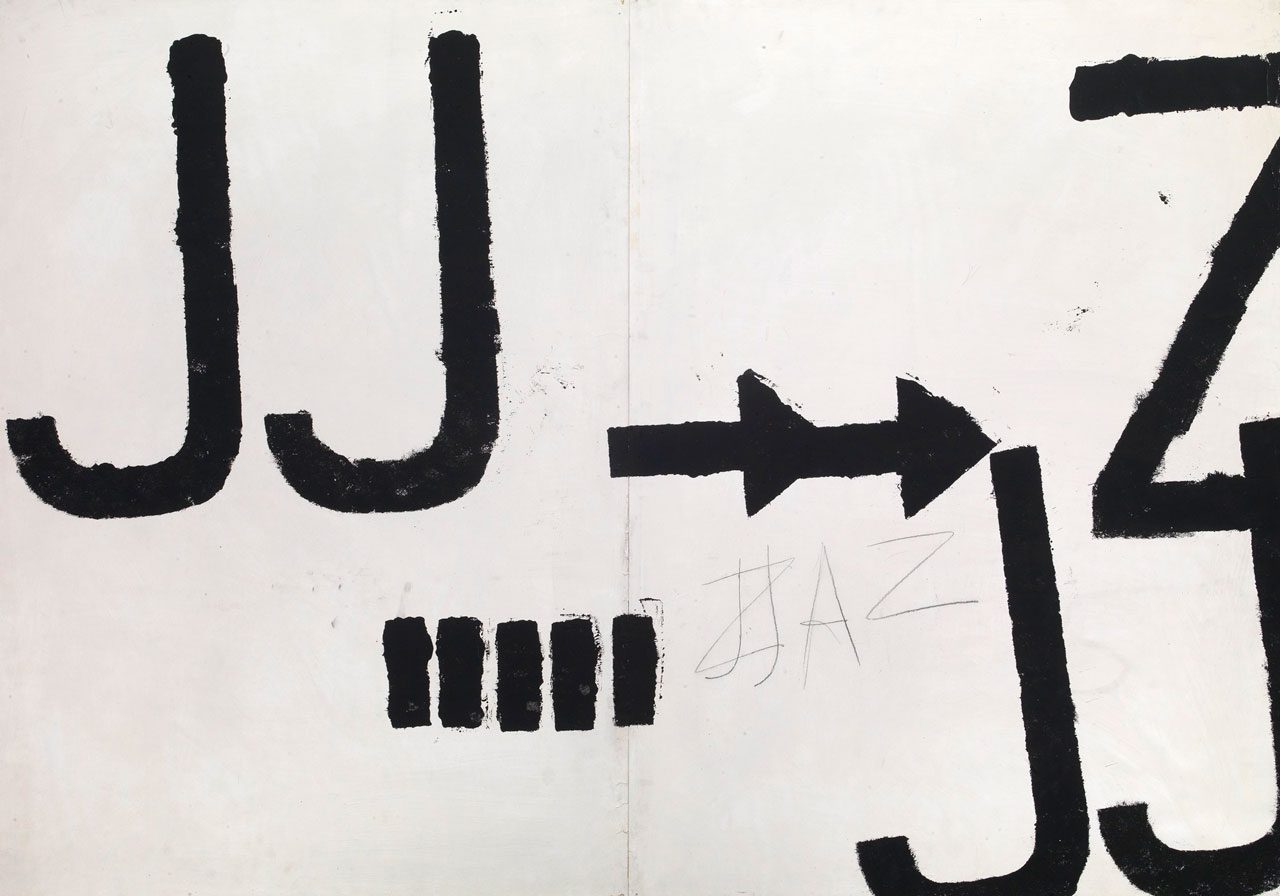 As the title suggests in the exhibition “Arte Povera. Charting a Revolution” are shown works by some of the key protagonists of the movement, including Alighiero Boetti, Luciano Fabro, Jannis Kounellis, Mario Merz, Giulio Paolini, Pino Pascali, and Michelangelo Pistoletto. In 1967, Flash Art published “Arte Povera. Notes on a guerrilla war” a provocative text by the Italian art critic Germano Celant, which brought together the works of Turin-based artists who were pushing the boundaries of art and its institutions. Although they never signed a manifesto, many of the artists mentioned in the article continued to exhibit together under the banner of the movement theorized by Celant. And although some distanced themselves from the Poverist aesthetic over time, their practice continued to bear the influence of those formative years. Rather than offering a synthesis of the movement, “Arte Povera. Charting a Revolution” aims to evoke the radical spirit of its participants through a carefully curated selection of significant works by some of its key exponents. Starting from the experiences that preceded the theorization of Arte Povera and continuing beyond its last official exhibition. Info: Tornabuoni Art, 16 Avenue Matignon, Paris, France, Duration: 14/10/2024-18/1/2025, Days & Hours: Tue-Sat 10:30-18:30, www.tornabuoniart.com/
As the title suggests in the exhibition “Arte Povera. Charting a Revolution” are shown works by some of the key protagonists of the movement, including Alighiero Boetti, Luciano Fabro, Jannis Kounellis, Mario Merz, Giulio Paolini, Pino Pascali, and Michelangelo Pistoletto. In 1967, Flash Art published “Arte Povera. Notes on a guerrilla war” a provocative text by the Italian art critic Germano Celant, which brought together the works of Turin-based artists who were pushing the boundaries of art and its institutions. Although they never signed a manifesto, many of the artists mentioned in the article continued to exhibit together under the banner of the movement theorized by Celant. And although some distanced themselves from the Poverist aesthetic over time, their practice continued to bear the influence of those formative years. Rather than offering a synthesis of the movement, “Arte Povera. Charting a Revolution” aims to evoke the radical spirit of its participants through a carefully curated selection of significant works by some of its key exponents. Starting from the experiences that preceded the theorization of Arte Povera and continuing beyond its last official exhibition. Info: Tornabuoni Art, 16 Avenue Matignon, Paris, France, Duration: 14/10/2024-18/1/2025, Days & Hours: Tue-Sat 10:30-18:30, www.tornabuoniart.com/
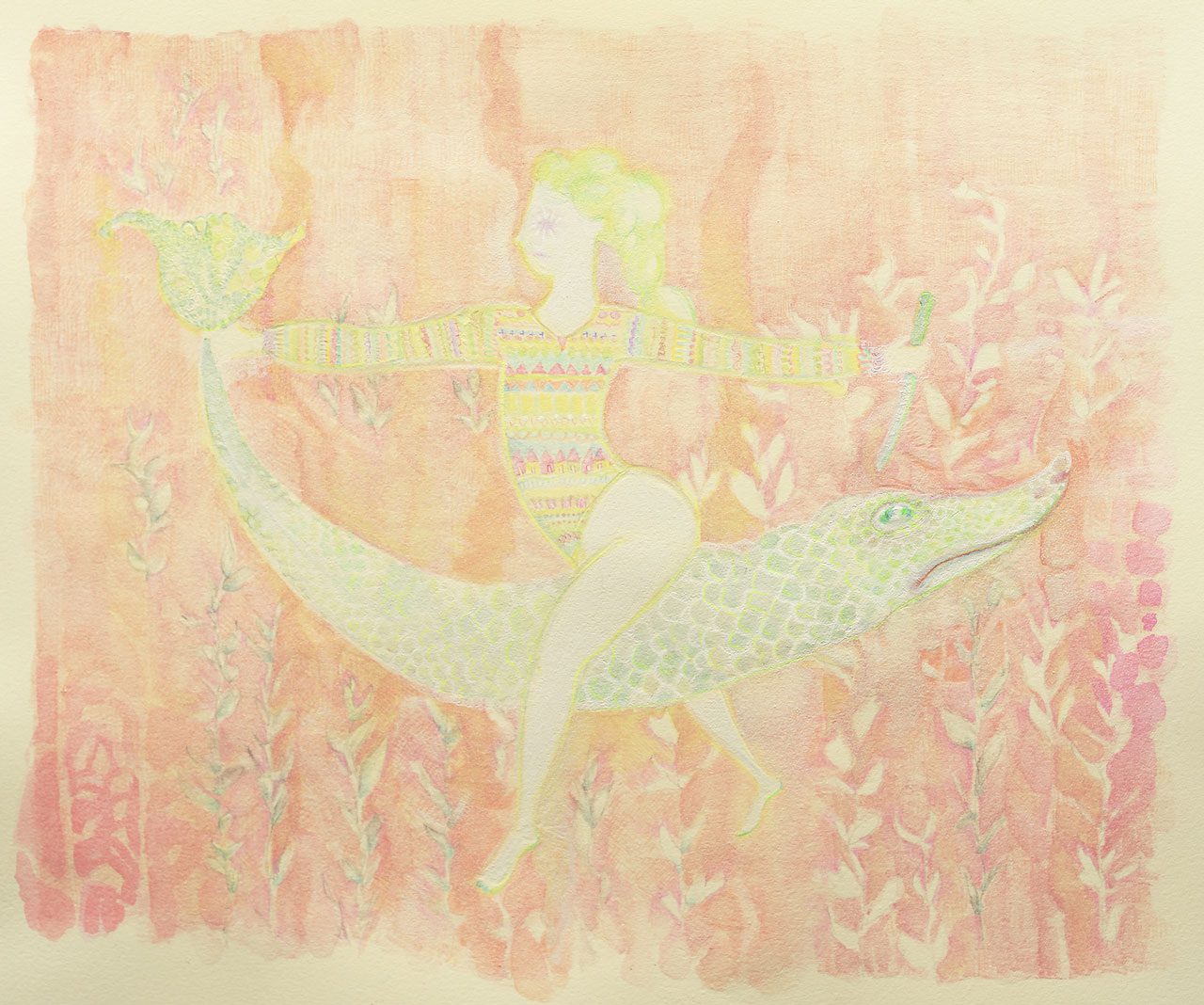 Roberto Cuoghi is introducing a new chapter of his project “PEPSIS”. The project is rooted in a primitive drive that the artist calls stylization, a logical phenomenon of simplification that conditions every aspect of our inner and social lives. From learning by imitation to the use of signs and symbols as means for the representation of ideas, stylization reveals the essence of our mindset, focused on influencing the course of events to our own advantage and avoiding risks and failures. In this exhibition, personal suggestions are arbitrarily—and without logic—mixed with Google Lens. The works take root in a cherished jazz album cover, a scene captured from a 1992 thriller, and a photograph taken as a joke. The viewer is tempted to build links between the series, to focus on apparent shortcuts when being exposed to incoherent information. It is always easier to build our own “Musée Imaginaire” with styles, mediums and subjects that can therefore feel familiar. Like a déjà vu, it can be hard to accept that the feeling could be completely fake. Info: Galerie Chantal Crousel, 10 rue Charlot, Paris, France, Duration: 15/10-16/11/2024, Days & Hours: Tue-Sat 11:00-19:00, www.crousel.com/
Roberto Cuoghi is introducing a new chapter of his project “PEPSIS”. The project is rooted in a primitive drive that the artist calls stylization, a logical phenomenon of simplification that conditions every aspect of our inner and social lives. From learning by imitation to the use of signs and symbols as means for the representation of ideas, stylization reveals the essence of our mindset, focused on influencing the course of events to our own advantage and avoiding risks and failures. In this exhibition, personal suggestions are arbitrarily—and without logic—mixed with Google Lens. The works take root in a cherished jazz album cover, a scene captured from a 1992 thriller, and a photograph taken as a joke. The viewer is tempted to build links between the series, to focus on apparent shortcuts when being exposed to incoherent information. It is always easier to build our own “Musée Imaginaire” with styles, mediums and subjects that can therefore feel familiar. Like a déjà vu, it can be hard to accept that the feeling could be completely fake. Info: Galerie Chantal Crousel, 10 rue Charlot, Paris, France, Duration: 15/10-16/11/2024, Days & Hours: Tue-Sat 11:00-19:00, www.crousel.com/
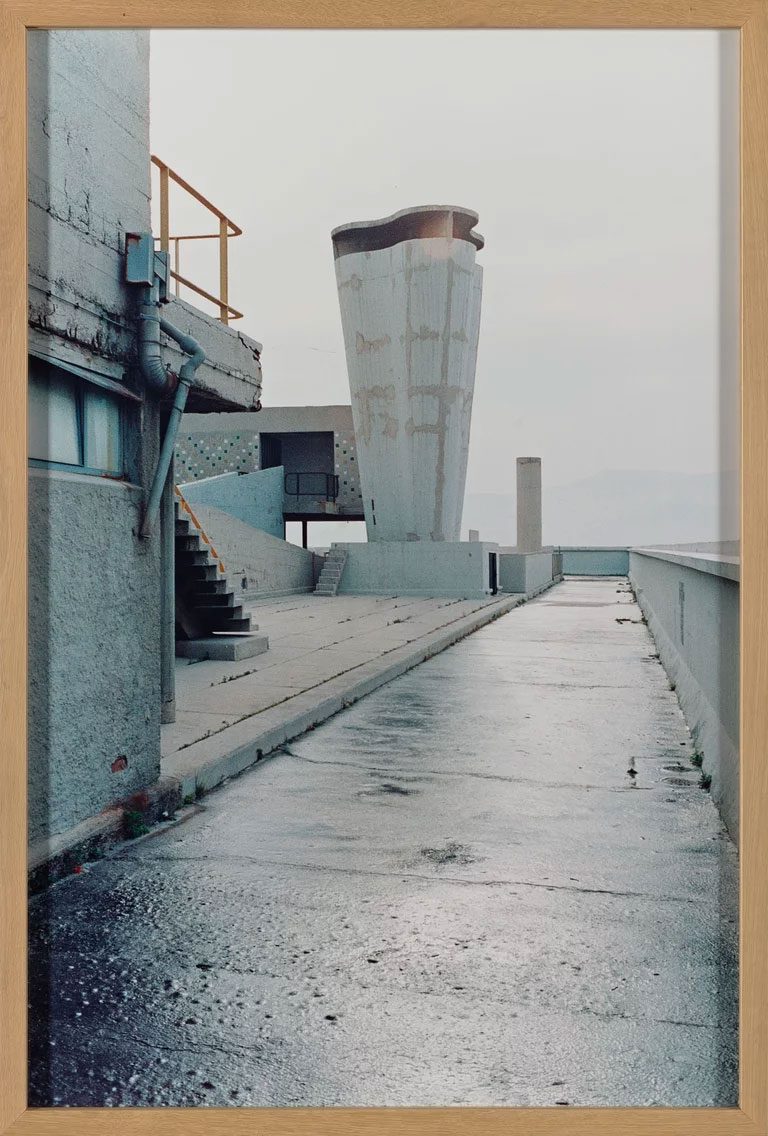 “Le modern” is a solo exhibition with works by Günther Förg at Maison La Roche. Förg always expressed a complicated and profound relationship to architecture through his work, exploring the connections between abstraction, space, and architecture.He drew on the formal vocabulary of modernism, both in painting and architecture. His abstract, often monochromatic works were sometimes structured by geometrical lines and blocks of color recalling the principles of order and simplicity associated with architectural movements such as Bauhaus or International Style. When he was a student at the Academy of Fine Arts in Munich in the late 1970s, Günther Förg began to make monochromatic wall paintings in various colors according to the places where they appeared. From the beginning, he connected his artistic practice to an environment, making architecture one of the essential elements of his work in order to rethink the context of the exhibition space and that of twentieth-century art in general. In his studio, Förg liked to surround himself with models that he used to design his future commissions for architectural spaces. A doll house builder constructed these for him. The exhibition features two examples of these miniatures of two unrealized projects. The models shown here, one from 1998 and the other from 2010, display proposed wall paintings for exhibition spaces, including one for the exhibition Permanent Trouble at the Kopp Collection. Info: Fondation Le Corbusier, Maison La Roche, 10 square du Docteur Blanche, Paris, France, Duration: 15/10-14/12/2024, Days & Hours: Tue-Sat 10:00-18:00, www.fondationlecorbusier.fr/
“Le modern” is a solo exhibition with works by Günther Förg at Maison La Roche. Förg always expressed a complicated and profound relationship to architecture through his work, exploring the connections between abstraction, space, and architecture.He drew on the formal vocabulary of modernism, both in painting and architecture. His abstract, often monochromatic works were sometimes structured by geometrical lines and blocks of color recalling the principles of order and simplicity associated with architectural movements such as Bauhaus or International Style. When he was a student at the Academy of Fine Arts in Munich in the late 1970s, Günther Förg began to make monochromatic wall paintings in various colors according to the places where they appeared. From the beginning, he connected his artistic practice to an environment, making architecture one of the essential elements of his work in order to rethink the context of the exhibition space and that of twentieth-century art in general. In his studio, Förg liked to surround himself with models that he used to design his future commissions for architectural spaces. A doll house builder constructed these for him. The exhibition features two examples of these miniatures of two unrealized projects. The models shown here, one from 1998 and the other from 2010, display proposed wall paintings for exhibition spaces, including one for the exhibition Permanent Trouble at the Kopp Collection. Info: Fondation Le Corbusier, Maison La Roche, 10 square du Docteur Blanche, Paris, France, Duration: 15/10-14/12/2024, Days & Hours: Tue-Sat 10:00-18:00, www.fondationlecorbusier.fr/
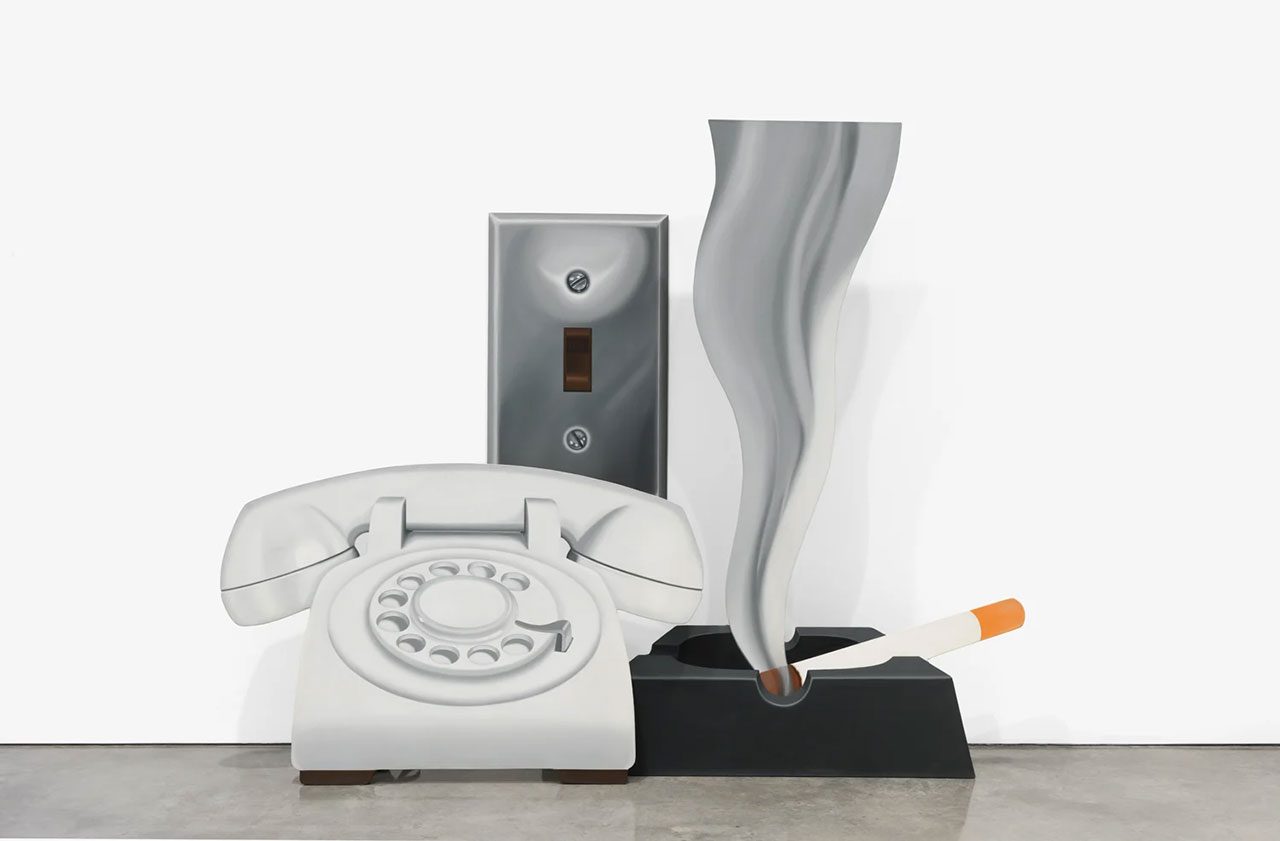 In the late 1950s, Pop Art surged on both sides of the Atlantic, in North America and Europe. Comic strips, advertising, cinema, celebrities, food processors and tabloids all became painting subjects. When they were not paintings in themselves, they were photographic images glued or mechanically reproduced onto the canvas. Pop Art celebrates, with a degree of ambiguity, the marriage of art and popular culture, of museums and galleries and the cultural industry. With no manifesto and no boundaries, Pop Art denominates an aesthetic that extends far beyond the artistic realm and prevails to this day. It is difficult to say when Pop Art begins, and certainly impossible to close the chapter on it. “Pop Forever, Tom Wesselmann &…” is an exhibition dedicated to Pop Art, one of the major artistic movements of the 1960s, whose influence continues to be felt across all continents and amongst all generations. The exhibition is centered around Tom Wesselmann, one of the leading figures of the movement, through a selection of 150 paintings and works in various materials. The exhibition also features 70 works by 35 artists of different generations and nationalities who share a common sensibility for “Pop” – from its Dadaist roots to its contemporary manifestations, and from the 1920s to the present day. Info: Head curator: Suzanne Pagé, Exhibition curator: Dieter Buchhart, Anna Karina Hofbauer, assisted by Tatjana Andrea Borodin, Associated curator, Olivier Michelon, assisted by Clotilde Monroe, Fondation Louis Vuitton, 8 Avenue du Mahatma Gandhi Bois de Boulogne, Paris, France, Duration: 17/10/2024-24/2/2025, Days & Hours: Mon-Thu & Sat-Sun 10:00-20:00, Fri 10:00-21:00, www.fondationlouisvuitton.fr/
In the late 1950s, Pop Art surged on both sides of the Atlantic, in North America and Europe. Comic strips, advertising, cinema, celebrities, food processors and tabloids all became painting subjects. When they were not paintings in themselves, they were photographic images glued or mechanically reproduced onto the canvas. Pop Art celebrates, with a degree of ambiguity, the marriage of art and popular culture, of museums and galleries and the cultural industry. With no manifesto and no boundaries, Pop Art denominates an aesthetic that extends far beyond the artistic realm and prevails to this day. It is difficult to say when Pop Art begins, and certainly impossible to close the chapter on it. “Pop Forever, Tom Wesselmann &…” is an exhibition dedicated to Pop Art, one of the major artistic movements of the 1960s, whose influence continues to be felt across all continents and amongst all generations. The exhibition is centered around Tom Wesselmann, one of the leading figures of the movement, through a selection of 150 paintings and works in various materials. The exhibition also features 70 works by 35 artists of different generations and nationalities who share a common sensibility for “Pop” – from its Dadaist roots to its contemporary manifestations, and from the 1920s to the present day. Info: Head curator: Suzanne Pagé, Exhibition curator: Dieter Buchhart, Anna Karina Hofbauer, assisted by Tatjana Andrea Borodin, Associated curator, Olivier Michelon, assisted by Clotilde Monroe, Fondation Louis Vuitton, 8 Avenue du Mahatma Gandhi Bois de Boulogne, Paris, France, Duration: 17/10/2024-24/2/2025, Days & Hours: Mon-Thu & Sat-Sun 10:00-20:00, Fri 10:00-21:00, www.fondationlouisvuitton.fr/
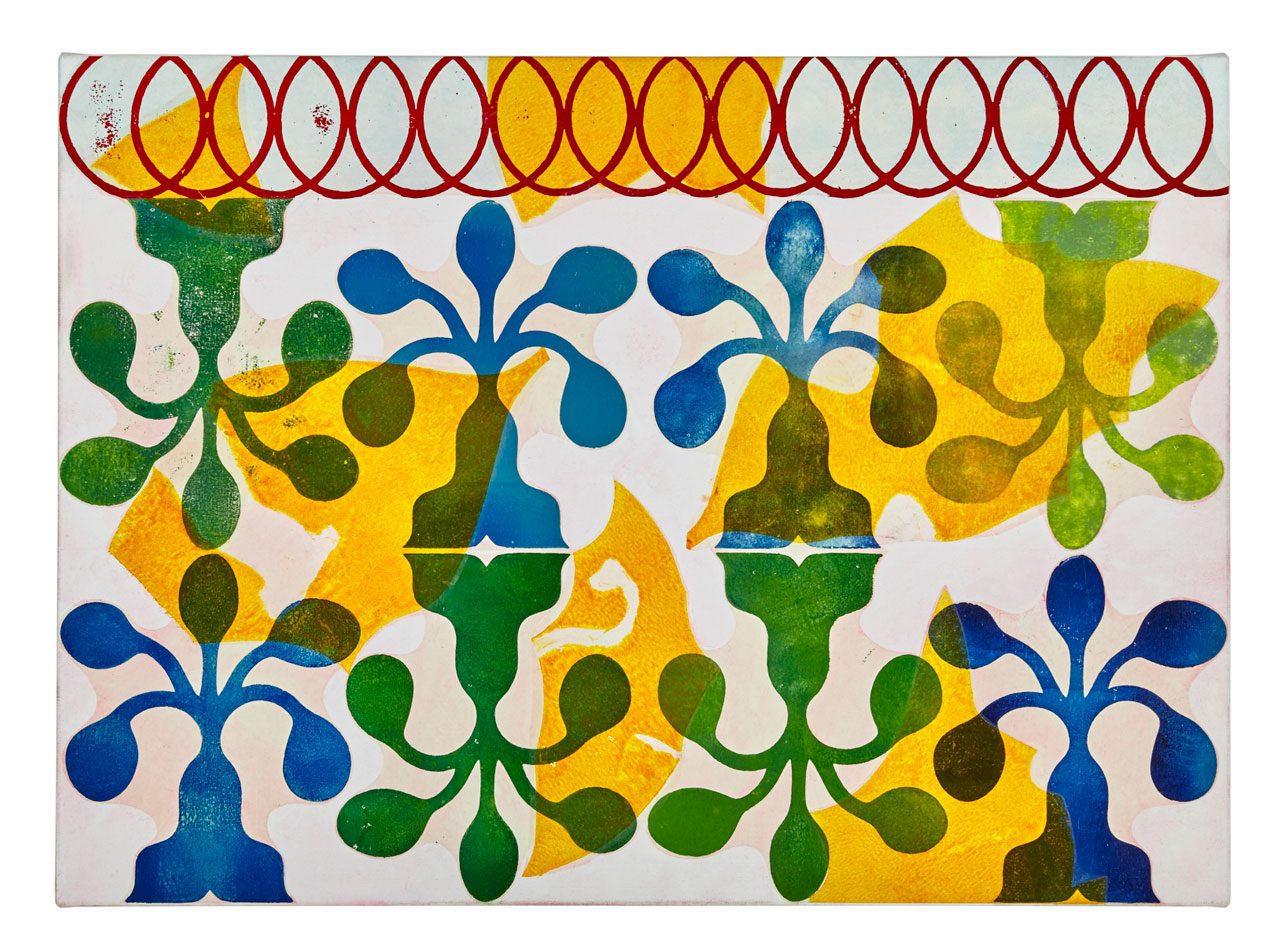 Philip Taaffe presents a solo exhibition, work is distinguished by its visual richness and deep exploration of cultural motifs and traditions from around the world. His many travels, notably to the Middle East, India, South America and Morocco, have had a profound influence on his work. His work is characterized by the use of repetitive, ornamental motifs borrowed from a variety of artistic traditions, from Islamic art to Oriental calligraphy, from Byzantine mosaics to pre-Columbian motifs. These cultural references are reinterpreted and reconfigured in his paintings, creating a visual dialogue between past and present. The forms he employs – arabesques, plant elements, stylized animal figures – overlap and transform, blurring the boundaries between the familiar and the strange. The past and the present, the organic and the geometric, the natural and the artificial intersect on each canvas. Taaffe invites the viewer to explore complex and fascinating visual worlds, where every detail tells a story and every motif evokes a different cultural universe. Through his works, the artist reminds us of the power of shapes and colors and their ability to transcend time and boundaries. Info: Galerie Ceysson & Bénétière, 23 rue du Renard, Paris, France, Duration: 17/10-30/11/2024, Days & Hours: Tue-Sat 11:00-19:00, www.ceyssonbenetiere.com/
Philip Taaffe presents a solo exhibition, work is distinguished by its visual richness and deep exploration of cultural motifs and traditions from around the world. His many travels, notably to the Middle East, India, South America and Morocco, have had a profound influence on his work. His work is characterized by the use of repetitive, ornamental motifs borrowed from a variety of artistic traditions, from Islamic art to Oriental calligraphy, from Byzantine mosaics to pre-Columbian motifs. These cultural references are reinterpreted and reconfigured in his paintings, creating a visual dialogue between past and present. The forms he employs – arabesques, plant elements, stylized animal figures – overlap and transform, blurring the boundaries between the familiar and the strange. The past and the present, the organic and the geometric, the natural and the artificial intersect on each canvas. Taaffe invites the viewer to explore complex and fascinating visual worlds, where every detail tells a story and every motif evokes a different cultural universe. Through his works, the artist reminds us of the power of shapes and colors and their ability to transcend time and boundaries. Info: Galerie Ceysson & Bénétière, 23 rue du Renard, Paris, France, Duration: 17/10-30/11/2024, Days & Hours: Tue-Sat 11:00-19:00, www.ceyssonbenetiere.com/
